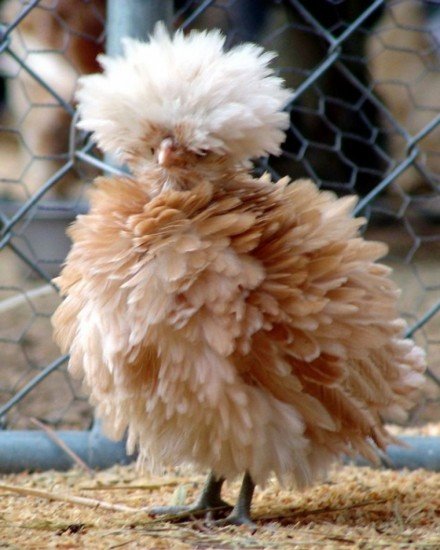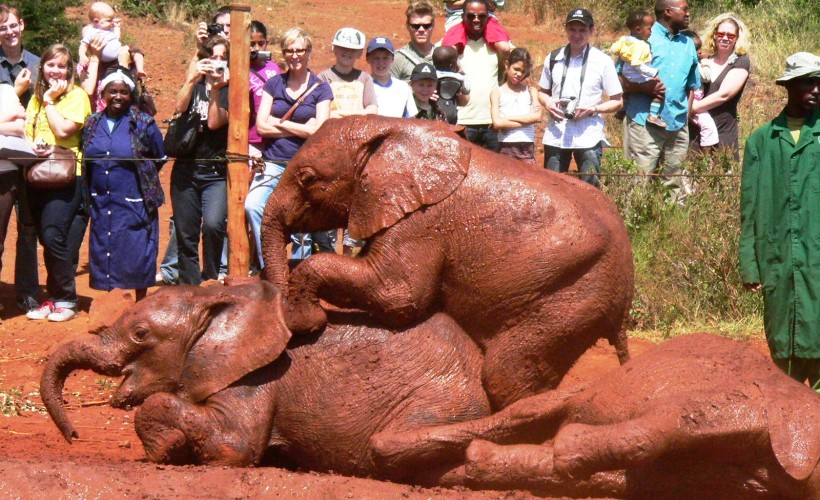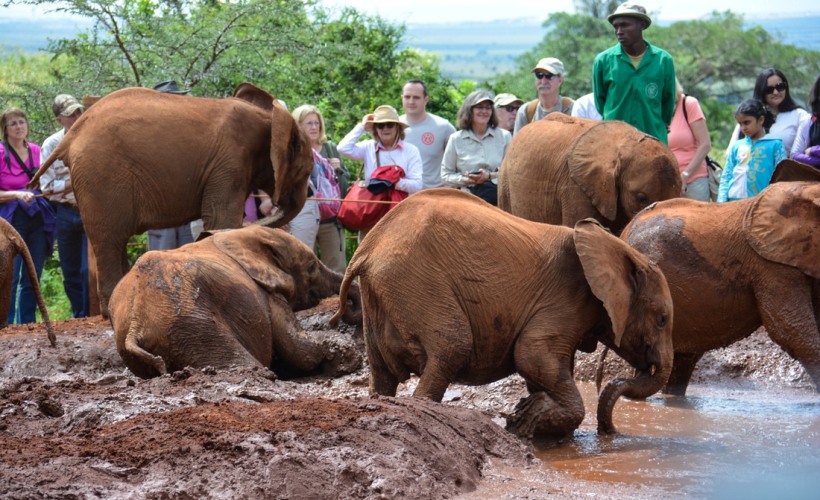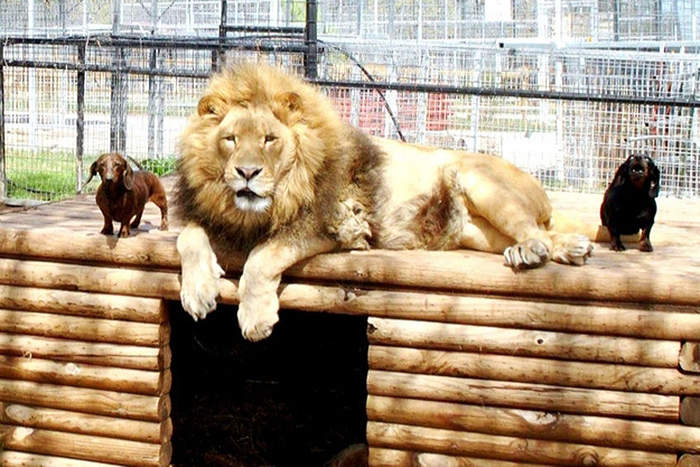In the bustling heart of Nairobi, where traffic horns blend with the chatter of daily life, lies a surprising sanctuary: Nairobi National Park. Just a short drive from the city center, this unique reserve offers an extraordinary glimpse into the secret lives of urban wildlife. From lions roaming the savannah to giraffes silhouetted against skyscrapers, Nairobi is redefining what it means to coexist with nature in an urban setting.
Nairobi National Park: A Wildlife Haven in a Capital City
Established in 1946, Nairobi National Park is Kenya’s oldest national park—and the only one in the world located within a capital city. Spanning over 117 square kilometers, it’s home to more than 400 bird species and over 100 species of mammals, including lions, rhinos, buffalo, zebras, and leopards.
Despite its proximity to Nairobi’s rapidly growing skyline, the park remains a critical conservation area. Its open grasslands, acacia woodlands, and seasonal wetlands provide a natural refuge for wildlife, while its southern border remains unfenced to allow for animal migration.


Urban Wildlife: Thriving Against the Odds
Urban wildlife in Nairobi doesn’t just survive—it adapts. Animals in and around the park have become accustomed to the rhythms of city life. For example:
Lions are occasionally heard roaring near residential neighborhoods at night.
Leopards have been spotted prowling closer to human settlements in search of prey.
Birds of prey soar above highways and buildings, nesting in trees and even man-made structures.
Monkeys and baboons often venture beyond the park, exploring nearby estates and farms.
This remarkable coexistence offers a living model of how wildlife and cities can overlap when careful planning and conservation efforts are in place.
Conservation Challenges in an Urban Environment
While Nairobi National Park is a symbol of urban-nature harmony, it also faces serious challenges:
Urban encroachment threatens migration routes and wildlife corridors.
Infrastructure development, such as roads and railway lines, cuts through natural habitats.
Human-wildlife conflict arises when animals stray into residential areas, leading to property damage or threats to both human and animal life.
Pollution and noise disrupt the natural behaviors of sensitive species.
Despite these obstacles, efforts by conservationists, government agencies, and community organizations continue to protect this ecological gem.
Community and Ecotourism: A Balanced Approach
Nairobi National Park plays a vital role in environmental education and ecotourism. School groups regularly tour the park, learning firsthand about Kenya’s rich biodiversity. Visitors can enjoy game drives just minutes from city hotels, generating income that supports conservation and local communities.
Programs like the Kenya Wildlife Service’s conservation education center help foster a deeper understanding of the importance of wildlife, even among urban residents who may rarely see animals outside the park.
What Nairobi Teaches Us About Urban Nature
Nairobi’s example proves that urban development and wildlife conservation aren’t mutually exclusive. With proper urban planning, wildlife corridors, and community engagement, cities can become sanctuaries—not threats—for biodiversity.
This model offers hope for other cities facing habitat loss and declining wildlife populations. From New York’s coyotes in Central Park to foxes in London’s alleyways, urban wildlife is more widespread than we realize. But Nairobi stands apart for its sheer scale and biodiversity within a metropolitan setting.
How You Can Support Urban Wildlife
Whether you live in Nairobi or any other city, here are a few ways to protect urban nature:
Visit and support urban parks and nature reserves
Participate in local clean-up and conservation initiatives
Respect wildlife boundaries and avoid feeding wild animals
Educate others about the importance of urban biodiversity
Support organizations working to protect habitats in cities
The secret lives of urban wildlife are unfolding all around us—even in the heart of a capital city like Nairobi. Nairobi National Park stands as a powerful symbol of what’s possible when human progress and environmental stewardship go hand in hand. As cities grow, the question isn’t whether we can live alongside wildlife—but how.


